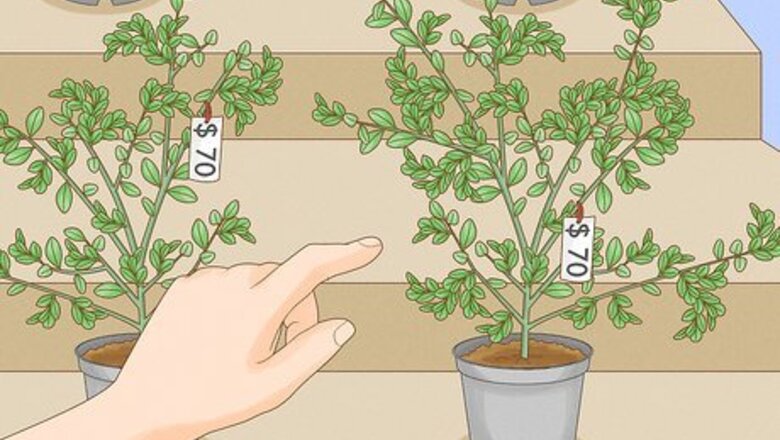
views
Planting a Finger Lime Tree
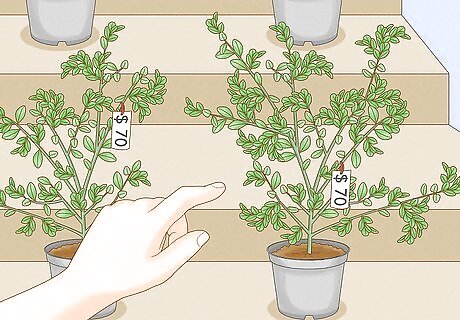
Buy a finger lime tree from a local nursery to harvest fruit next season. A small finger lime tree typically costs about $70. Even if the tree you choose is small, most trees produce fruit 1 to 2 years after planting. If your local nursery doesn’t carry finger lime trees, ask if they can order one for you. If you can’t get a finger lime tree locally, order one from an online nursery. Finger lime trees are slow-growing and start producing fruit when they’re 3 to 6 years old. Ask the nursery how old the trees are to get a better estimate on when to expect fruit.
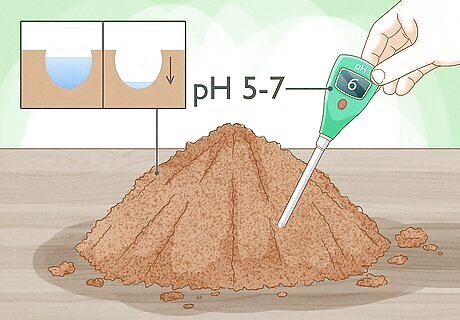
Use well-draining soil to prevent your tree from growing root mold. Most often, a soil that contains sand will drain well. Finger limes can grow in a wide range of soil—the most important thing to do is make sure it won’t be sitting in stagnant water. Soil with a pH of 5-7 is recommended for finger limes. The soil’s pH level is listed on the bag. If you’re unsure whether the soil is good for finger limes, ask someone at your local nursery for advice. If you’re planting your tree outdoors, test that your soil drains well by digging a 12 by 12 inch (30 cm) hole in the ground. Fill it with water and let it drain, then fill it with water again. If the water drains 1 to 3 inches (2.5-7.6 cm) per hour, the soil is considered well-draining.
Find a spot for your tree that gets full sun and is protected from wind. Finger limes grow best when they get at least 6 to 8 hours of direct sun each day. Just find a spot next to other plants or a hedge, or set it next to a structure like a wall, fence, or trellis, to protect your tree from the wind. Finger lime fruits are delicate and can get bruised from the wind. These trees also have sharp thorns that easily pierce the fruits in windy conditions.
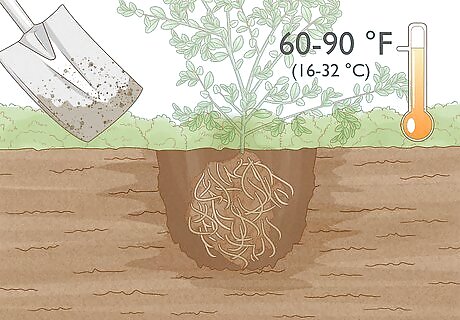
Plant your tree outdoors if you live in a warm climate. Dig a hole that’s as deep as the container your tree is in and twice as wide. Then, place your finger lime tree in the hole and fill it in with the soil you dug up or well-draining citrus tree soil. Then, water it thoroughly. Plant your tree after the last frost date in the spring or during the summer. Finger limes are native to rainforests in Queensland and New South Wales, Australia. They grow best in areas that stay between 60 to 90° F (16-32° C). These trees are sensitive to frost, so don’t plant them in the ground if your area regularly experiences temperatures below 40° F (4° C). In the United States, finger lime trees grow best when planted in USDA Hardiness Zones 8 to 11.
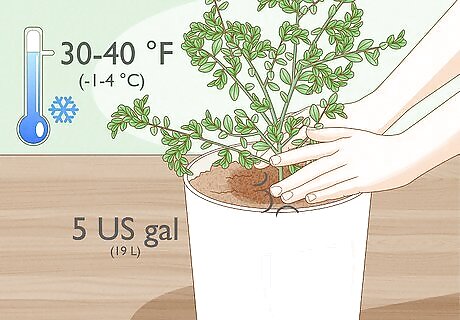
Pot your finger lime tree if you live in an area that gets cold in the winter. Planting your tree in a pot allows you to move it indoors when the weather gets cold. Simply fill a 5-gallon (19 L) pot with drainage holes halfway full with well-draining citrus soil. Then, place the tree inside and fill the rest of the pot with soil. Water your tree thoroughly after potting it. If your tree is too large for a 5-gallon (19 L) pot, use a 10-gallon (38 L) pot. This gives your tree room to expand and grow roots as the years pass. If your tree doesn’t stand firmly on its own without support, you might not have planted it deep enough. Make sure to cover the roots with soil, but not the base where the roots and trunk meet.
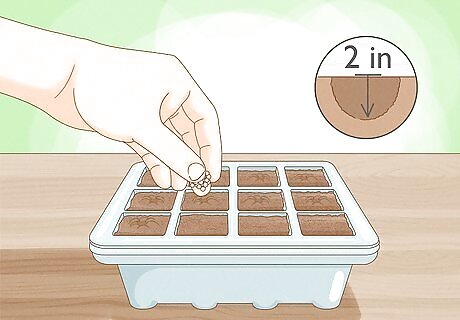
Sow seeds if you don’t mind waiting for your tree to grow. You can order finger lime seeds from your local nursery or online, but keep in mind that most trees take up to 15 years to mature to the point of producing fruit. If you do opt to plant seeds, make sure to use fresh ones. Even with fresh seeds, finger lime trees are slow to grow and seedlings have a low success rate. Plant seeds in a cell tray with drains about 2 inches (51 mm) deep in the soil. Use your finger to make the hole, then drop a seed into it. Cover it back up with soil. Keep in bright sun (or under a sun lamp) and water every 3-4 days, keeping the soil moist. Once seeds start to sprout, plant them in individual pots. Continue moving the seedlings to larger and larger pots as they grow.
Caring for Finger Lime Trees
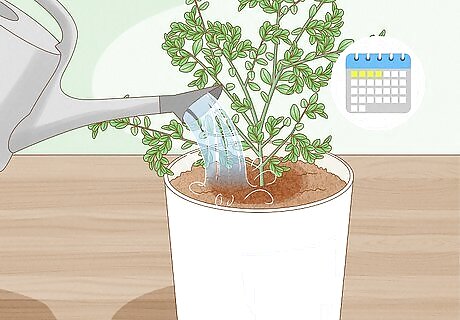
Water your finger lime tree about 1 to 2 times per week. Finger limes like their soil to stay relatively moist, but not soggy or waterlogged. Wait until the top 1 inch (2.5 cm) of soil slightly dries out before thoroughly watering your tree again. In the summer, you may need to water your tree more often if the soil is dry to the touch or if it appears crumbly. In the winter, cut back on watering, as the soil won’t lose as much moisture from heat and evaporation. Be careful of overwatering your tree, as this can lead to root rot and tree decay. Tip: Finger lime trees are native to rainforests, so they love humidity. Place a tray full of pebbles and water under your plant, or set it next to a humidifier.
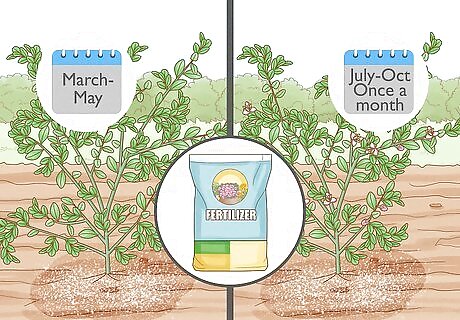
Fertilize your tree in the spring to prepare it for the growing season. Spread compost, animal manure, or a bag of balanced, citrus fertilizer around the base of your tree, covering the soil about 1 inch (25 mm) thick. Fertilizing about 2 to 3 times from March to May helps encourage flowering and fruit production. Use about ¼ of the recommended amount of fertilizer. Note: Do not fertilize your tree when it starts to flower and produce fruit. This can cause your tree to stop fruit production or drop its fruits. Avoid putting fertilizer right up against the trunk of the tree, as this can cause collar rot.

Apply soil conditioner every 2 weeks for new plantings. Spread soil conditioners like seaweed emulsion or worm castings around your finger lime tree from July to December. This helps improve the soil’s aeration, water retention, and nutrient levels. Put on gardening gloves or use a spade to spread the conditioner. Lightly cover the soil around the tree with conditioner so you can still see the original soil. Then, water your tree.
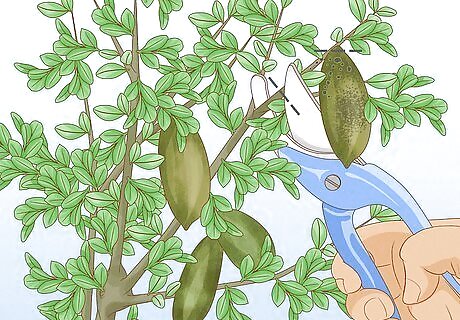
Remove dead, dying, and damaged branches and foliage. Regularly check your tree for dying limbs, dark spots on the branches (which can indicate a fungal disease), dead fruit, and yellowing leaves. Simply use a pair of clean, sharp gardening shears to snip off the damaged areas and keep your tree healthy. Consider moving your tree if it keeps developing spots. If the spots are due to a fungus, it can travel from one plant to another through water or rainfall. So, relocating your tree can reduce its exposure to other plants with the fungus. Burn any infected foliage rather than putting it into a compost bin. Diseased foliage can infect the rest of the compost.
Harvesting, Fruit Storage & Pruning
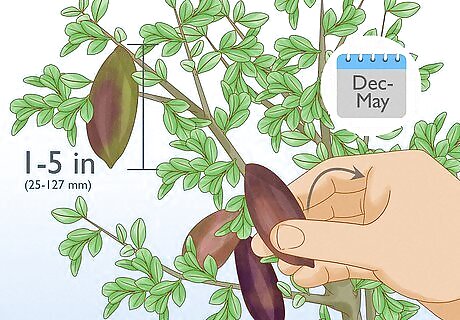
Pull ripe fruit off the tree when they’re uniform in color. Finger lime fruits typically start growing from December to May. The fruits are ripe when they’re all one color, feel full and firm, and easily pull away from the branch. If you tug at a fruit and it resists coming off, leave it for another week before checking again. The fruits don’t ripen once they’re picked. Ripe fruits range anywhere from 1 to 5 inches (2.5–12.7 cm) long. Size doesn’t necessarily indicate ripeness, so if your fruits aren’t growing very big, don’t worry! Finger lime trees usually start blooming small, white or pale pink flowers in late summer and autumn. These flowers turn into your finger limes. Ripe fruits don’t usually fall off the tree, so you need to pull them off the branches. Note: Finger lime fruits ripen in different colors, depending on the variety you’re growing. They can be green, red, purple, brown, or black.
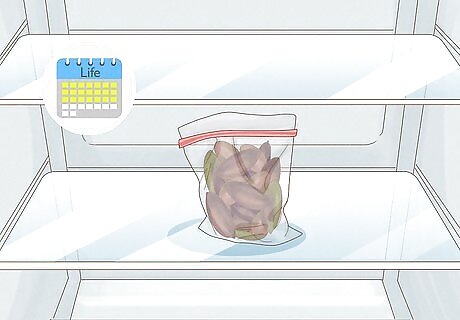
Store finger lime fruits in the fridge for up to 3 to 4 weeks. Finger lime fruits keep well at around 41 to 50° F (5-10° C). Simply place them in an open container or breathable bag and set them in your fridge. Make sure the fruits are dry before you put them in the fridge to reduce risk of rind damage. Enjoy the fruits as garnishes on seafood, tacos, fruit salad, desserts, and drinks! They have a tangy, citrusy taste that’s similar to limes, lemons, and grapefruits.
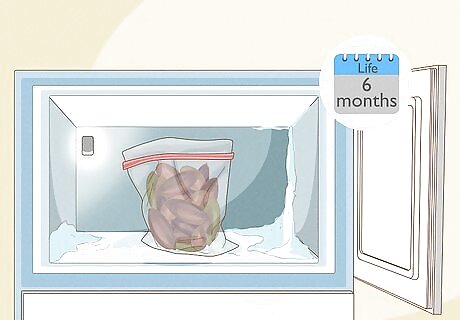
Freeze whole finger lime fruits for up to 6 months. If you can’t use all of your finger lime fruits at once, place them in a freezer-safe, resealable bag and stick them in your freezer. This is a great way to ensure you have finger limes available all year long!
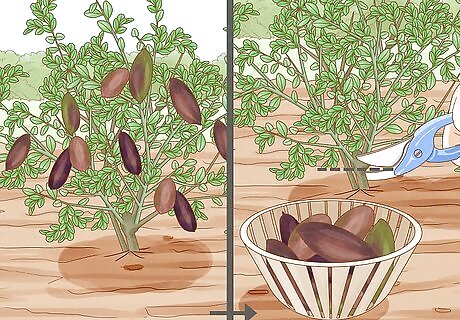
Prune back the branches after the last fruit harvest. Lightly pruning your tree after the growing season ends improves air circulation and helps encourage larger fruit harvests. Use sharp, clean cutting shears to thin out congested areas. Then, cut back excess branches on the main 4 to 6 limbs to create an open shape. Wear gloves to protect your hands from thorns. Prune new shoots to less than half their length and make the cut just above a leaf. This helps keep the tree from getting unwieldy. Note: Do not prune more than 20% of the tree’s total branches. Too much pruning can harm your tree and leave it susceptible to pests and disease. Many finger lime trees can grow up to 25 feet (7.6 m) tall, though most trees are pruned to keep them below 10 feet (3 m) tall.
Dealing with Pests and Diseases
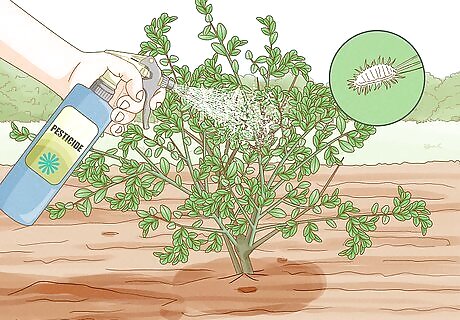
Use horticulture oil or insecticidal soap to get rid of pests. Pests like mites, mealybugs, scale insects, and aphids can infect your finger lime tree, leading to leaf, branch, and fruit damage. To deal with most pests, spray a horticultural oil or insecticidal soap wherever you see pests or damage. Check your tree regularly and look out for: Yellow and spotted leaves and webbing, which can indicate mites. Yellowing leaves, wilting, and white spots, which can indicate mealybugs. Yellowing leaves, mold growth, and a “wet” appearance, which can indicate scale insects. Curled leaves, leaf discoloration, and mold growth, which can indicate aphids. Use eco-friendly pesticides instead of harsh ones. The finger lime tree has delicate, thin branches which are easily harmed by pesticides. Make your own natural insecticide, if you prefer.
Cut off branches and leaves infected with diseases. Finger lime trees can catch similar diseases to other citrus trees, like phytophthora root rot, citrus melanose, and huanglongbing. If you see any black spots on your tree’s limbs, leaves, or fruit, cut off the diseased areas. These diseases can also cause the tree’s limbs to die back, so snip off any branches that are dying or look damaged.




















Comments
0 comment